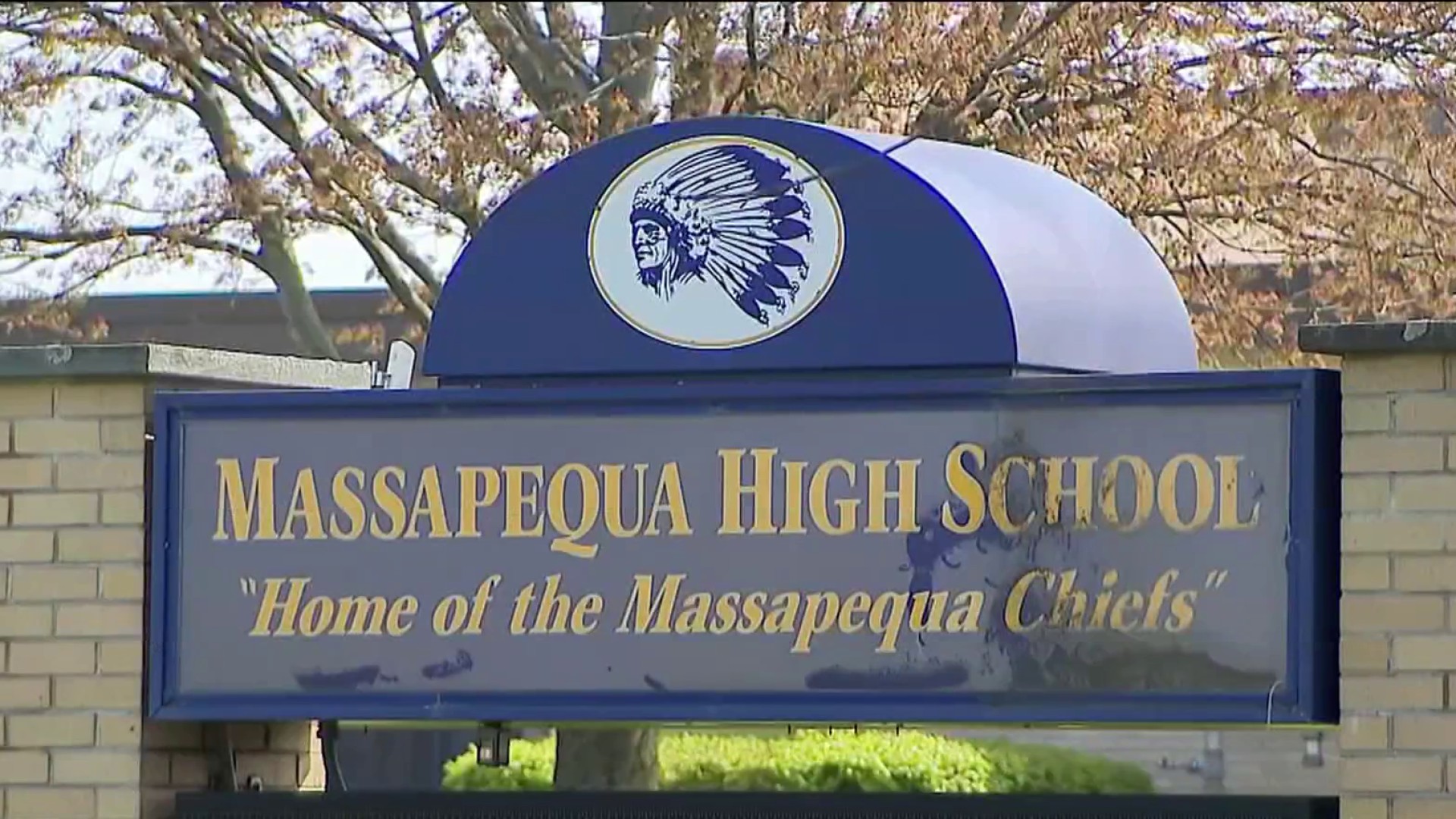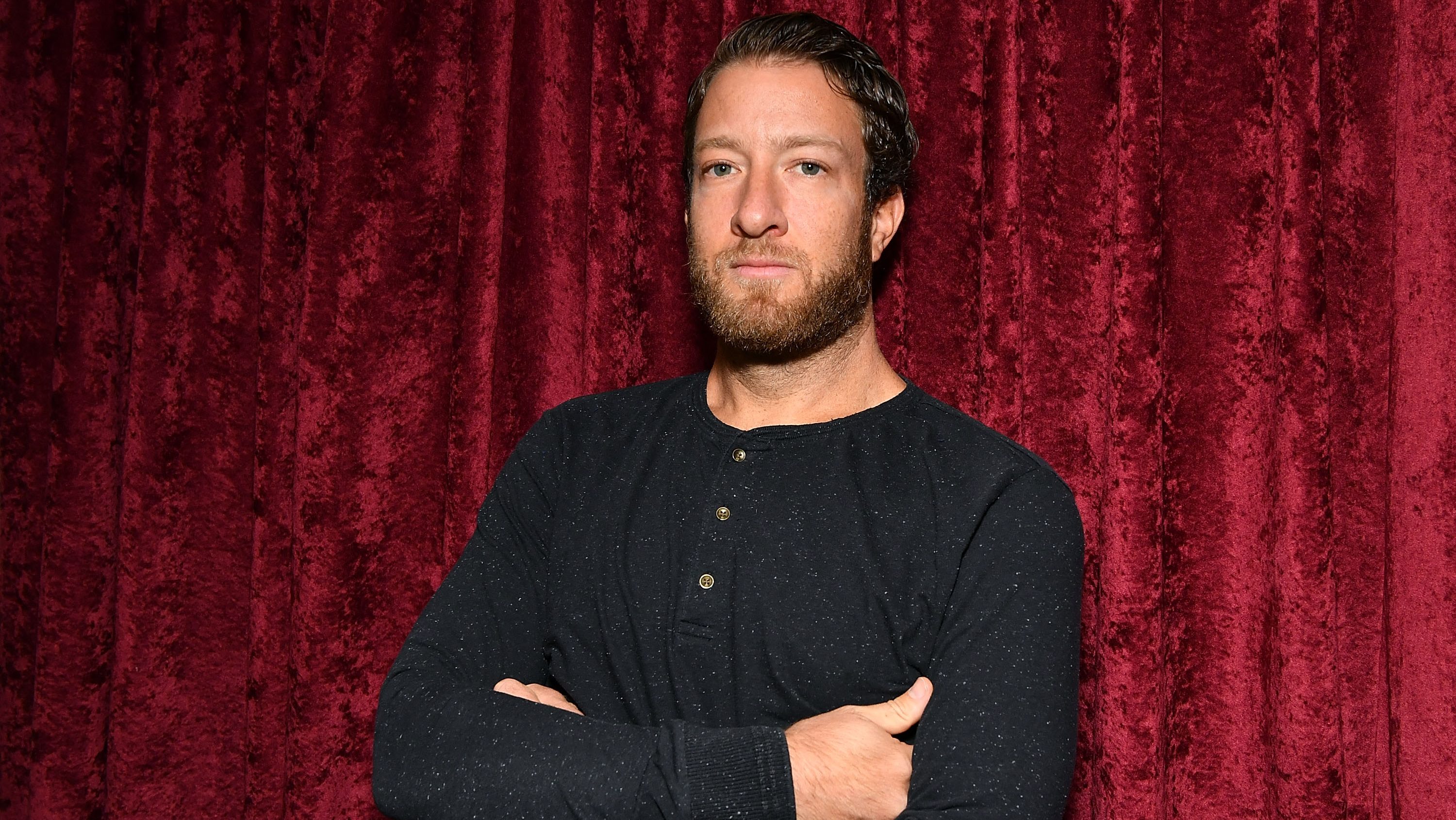Trump's Mascot Move: Massapequa's Fight Explodes!
Commander in ‘Chief’: Trump Enters Massapequa Mascot Mayhem
The Mascot Melee: A Local Dispute Goes National
Imagine your local school's mascot suddenly becoming a national headline. Sounds crazy, right? Well, in Massapequa, New York, that's exactly what's happening. A seemingly simple school board decision to retire the "Chiefs" mascot has snowballed into a full-blown controversy, and now, former President Donald Trump has entered the fray. How did a local issue gain so much traction? Let's dive in.
The Roots of the Conflict: A State-Wide Ban
In 2023, the New York State Board of Regents made a significant decision: they voted to ban Native American mascots, logos, and imagery in public schools across the state. This ban, set to take effect on June 30th, was driven by concerns that such imagery perpetuates harmful stereotypes. The state Education Department stated they “were compelled to act because certain Native American names and images have been shown to perpetuate negative stereotypes that are demonstrably harmful to children.” A noble goal, but one that has stirred up a hornet's nest.
The Rationale Behind the Ban
The core argument behind the ban is pretty straightforward: representation matters. If a mascot reinforces negative stereotypes, it can have a detrimental impact on students, particularly Native American children. Think of it like this: would you want a mascot that makes fun of your heritage or culture? Probably not. It's all about creating a respectful and inclusive environment for everyone.
Massapequa's Resistance: A Fight for Tradition
Out of the thirteen Long Island school districts affected by the ban, nine have already complied. Massapequa, however, isn't going down without a fight. They've launched a legal battle, arguing that their "Chiefs" mascot isn't offensive and represents tradition and school pride. They initially took the case to state and federal court, and lost. But it seems this battle isn't over yet, as they've now turned to a very high-profile ally.
Why Massapequa Is Digging In Its Heels
For Massapequa, this isn't just about a mascot; it's about preserving a part of their identity. Imagine your childhood home being torn down. You'd feel a sense of loss, right? That's similar to what many in Massapequa are experiencing. They believe their mascot is a symbol of respect, honor, and history, and they're determined to keep it alive. But is that a justification for potentially perpetuating harmful stereotypes?
Trump's Intervention: A Political Earthquake
Here's where things get really interesting. After losing in court, the Massapequa School Board appealed directly to former President Donald Trump for help. And to their surprise (or perhaps not), he answered their call. He voiced his support for their fight to keep the "Chiefs" mascot on social media, instantly turning a local school dispute into a national political flashpoint. Was this a calculated move by Trump, or a genuine concern for a small town's tradition?
The Potential Motivations Behind Trump's Involvement
Trump's entry into the mascot fray raises some eyebrows. Why would a former president weigh in on such a localized issue? One possibility is that it aligns with his broader stance on preserving tradition and pushing back against what he sees as "woke" culture. Another could be as simple as showing support to a school that is publicly resisting a decision they don't agree with. Whatever the reason, it's clear his involvement has amplified the controversy significantly.
Social Media's Role: Fueling the Fire
In today's world, no controversy is complete without a heavy dose of social media. Trump's endorsement amplified the existing debate online, creating a whirlwind of opinions, arguments, and memes. Whether it's Twitter, Facebook, or TikTok, everyone seems to have an opinion on the Massapequa mascot battle. Social media acts like fuel to the fire, fanning the flames of disagreement and sometimes, unfortunately, fostering negativity.
The Echo Chamber Effect
One of the dangers of social media is the "echo chamber" effect. People tend to gravitate towards content that confirms their existing beliefs, reinforcing their opinions and making them less open to opposing viewpoints. In the Massapequa mascot debate, this means that those in favor of keeping the mascot are likely to see more content supporting their position, and vice versa. This can lead to increased polarization and make constructive dialogue even more challenging.
The Legal Landscape: A History of Setbacks
Before Trump's intervention, the Massapequa School Board had already faced a series of legal defeats. They sued in both state and federal court to keep their name and mascot, arguing that the ban was unconstitutional and violated their rights. However, the courts consistently sided with the state, upholding the ban and highlighting the potential harm caused by Native American mascots. These legal losses underscore the uphill battle Massapequa faces.
The Legal Arguments Against Native American Mascots
The legal arguments against Native American mascots often center on the idea that they perpetuate harmful stereotypes and create a hostile environment for Native American students. Courts have recognized that these mascots can contribute to discrimination and undermine the educational opportunities of Native American children. It's a matter of balancing tradition with the right to a safe and equitable learning environment.
Community Division: A Town Torn Apart
The mascot controversy has deeply divided the Massapequa community. Some residents passionately support keeping the "Chiefs" mascot, viewing it as a symbol of pride and tradition. Others believe it's time for a change, arguing that the mascot is outdated and offensive. This division has led to heated debates, strained relationships, and a sense of unease within the town. How can a community heal when it's so deeply divided?
Finding Common Ground
Perhaps the most challenging aspect of the Massapequa mascot battle is finding common ground. Both sides feel strongly about their positions, and emotions are running high. However, it's crucial for the community to engage in respectful dialogue, listen to opposing viewpoints, and seek a solution that addresses the concerns of all stakeholders. Easier said than done, of course, but absolutely necessary for the long-term health of the community.
The Broader Implications: A Nationwide Trend
The Massapequa mascot controversy is just one example of a broader trend across the United States. Many schools and sports teams are re-evaluating their mascots and nicknames, particularly those that are considered offensive or culturally insensitive. This reflects a growing awareness of the importance of diversity, inclusion, and cultural sensitivity.
The Future of Mascots
What does the future hold for mascots? It's likely that we'll continue to see more schools and teams retire offensive or culturally inappropriate mascots. The focus will shift towards creating mascots that are inclusive, respectful, and representative of the entire community. It's a slow but steady evolution, driven by a desire to create a more equitable and just society.
The Financial Impact: A Costly Crusade?
The Massapequa School Board's legal battle hasn't been cheap. They've spent a significant amount of taxpayer money on legal fees, and it's unclear how much more they're willing to spend. Some residents argue that the money could be better spent on other priorities, such as improving school facilities or supporting student programs. Is it worth spending so much money to defend a mascot?
Balancing Tradition and Resources
The financial impact of the mascot battle raises a difficult question: how do you balance tradition with responsible resource management? While it's important to honor the past, it's also crucial to ensure that taxpayer money is being used effectively to benefit the entire community. It's a balancing act that requires careful consideration and open communication.
The Search for Alternatives: A Fresh Start?
If Massapequa ultimately decides to retire the "Chiefs" mascot, the next step would be to find a replacement. This could be an opportunity to create a new mascot that better reflects the values and identity of the community. What are some potential alternatives that would be both respectful and engaging?
Involving the Community in the Selection Process
The best way to choose a new mascot is to involve the entire community in the selection process. This could involve surveys, town hall meetings, and student-led initiatives. By giving everyone a voice, the school can create a mascot that is truly representative of the community's values and aspirations.
Conclusion: A Lesson in Cultural Sensitivity
The Massapequa mascot battle is more than just a local dispute; it's a microcosm of the larger debate about cultural sensitivity, tradition, and representation. Trump's involvement has only amplified the controversy, highlighting the deep divisions that exist within the community and across the country. Ultimately, this saga serves as a reminder that we must be mindful of the impact our symbols and imagery have on others, and strive to create a more inclusive and respectful society.
Frequently Asked Questions
- Why is the Massapequa mascot controversy so significant?
It highlights the tension between preserving tradition and recognizing the potential harm caused by culturally insensitive imagery, especially concerning Native American stereotypes. Trump's involvement has also amplified its national visibility.
- What are the main arguments against Native American mascots?
The primary argument is that they perpetuate harmful stereotypes, create a hostile environment for Native American students, and undermine their educational opportunities.
- What legal options does the Massapequa School Board have left?
Their legal options are limited after losing in both state and federal courts. Further appeals are unlikely to succeed. Their best option might be to engage in community dialogue to find a compromise.
- How can the Massapequa community move forward after this divisive debate?
By engaging in respectful dialogue, listening to opposing viewpoints, and seeking a solution that addresses the concerns of all stakeholders. Community-wide involvement in choosing a new mascot could help heal the divide.
- What are some potential alternative mascots for Massapequa?
They could consider options that are not tied to any specific culture or ethnicity, such as animals native to Long Island, historical figures from the area, or symbols of academic excellence.


